No products in the cart.
Plastic News
Transforming Waste into Gold: Shellworks’ Revolutionary Bioplastic Products from Discarded Lobster Shells
Recyclable Bioplastic Products offer a sustainable solution through Shellworks’ innovative conversion of discarded lobster shells.
Shellworks, a groundbreaking project developed by four designers from the Royal College of Art and Imperial College, has introduced an innovative solution to tackle the issue of single-use plastics. By harnessing the potential of seafood waste, specifically discarded lobster shells, these designers have created a biodegradable and recyclable bioplastic material. This article explores how Shellworks utilizes chitin, a biopolymer found abundantly in crustaceans, to revolutionize the production of sustainable alternatives to traditional plastics.
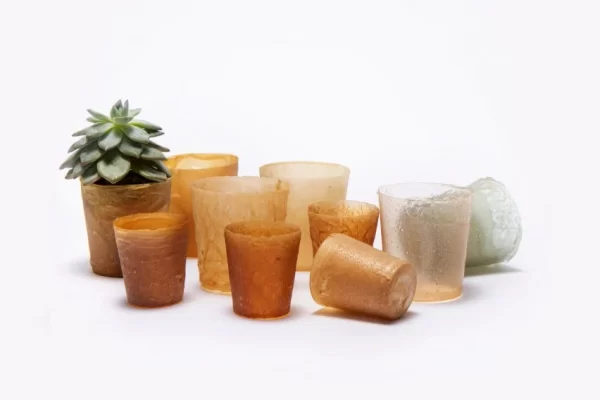
How Discarded Lobster Shells Be Turned into Recyclable Bioplastic Product
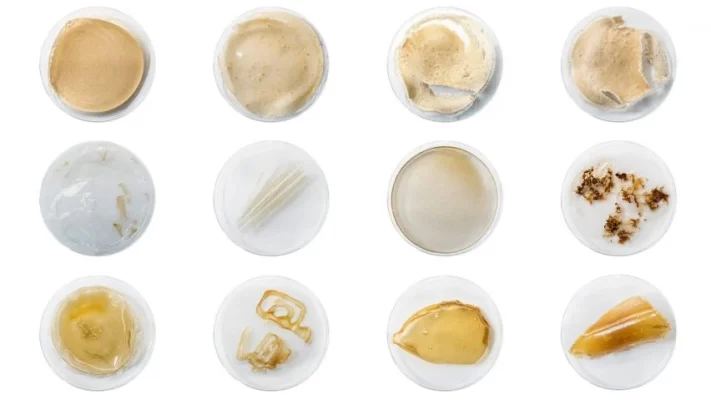
- The Power of Chitin: A Versatile Biopolymer Chitin, a fibrous substance present in the exoskeletons of crustaceans and the cell walls of fungi, forms the basis of Shellworks’ bioplastic. This naturally occurring biopolymer offers immense potential due to its abundance and renewability. However, extracting chitin has traditionally been an expensive and time-consuming process. Shellworks recognized the need for an efficient extraction method, leading to the development of their own machinery.
- The Shellworks Manufacturing Process Shellworks designed five specialized machines – Shelly, Sheety, Vaccy, Dippy, and Drippy – to transform crustacean shells into various bioplastic objects. These machines were carefully crafted to ensure that no additives are incorporated, preserving the recyclability of the final product. Shelly, the initial extractor, facilitates the extraction of chitin from seafood waste. The remaining machines harness specific properties of the bioplastic solution to produce diverse products.
- Shaping the Future: Diverse Bioplastic Applications Each of the Shellworks machines serves a unique purpose, demonstrating the versatility of the bioplastic solution. Sheety utilizes heat and wind to transform the bioplastic solution into flat sheets that can be joined together. Vaccy employs steam and vacuum forming techniques to mold the bioplastic into customized packaging. Dippy, a heated dip moulder, creates 3D vessels like cups and containers. These machines, coupled with precise ingredient ratios, allow for the control of material properties such as stiffness, flexibility, and optical clarity.
- Endless Recyclability and Sustainable Applications One of the remarkable features of Shellworks’ bioplastic is its infinite recyclability. The dried bioplastic material can be reverted to its original solution using the Drippy hydro-recycler machine. By reintroducing a liquid solution of water and vinegar, the material can be recycled repeatedly without any degradation. Furthermore, the liquid form of the bioplastic can be used as a natural, non-polluting fertilizer when poured onto soil.
- Advancing the Circular Economy Shellworks aims to promote the widespread adoption of chitosan bioplastic by designing scalable manufacturing processes and tailored applications. By offering eco-positive waste streams and demonstrating the material’s potential, they hope to facilitate a shift towards a more circular economy. Their innovative approach contributes to reducing plastic waste, supporting sustainability, and driving positive change within the design industry.
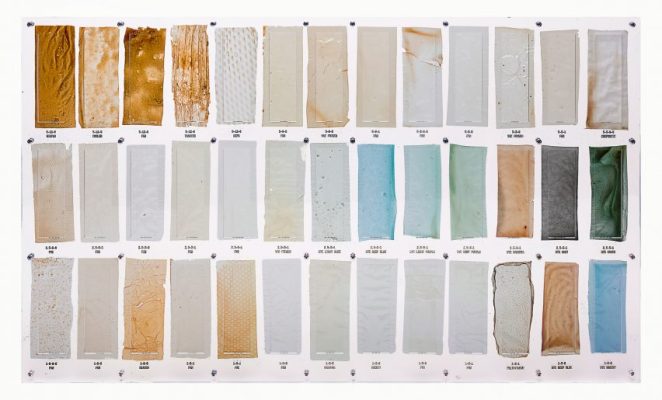
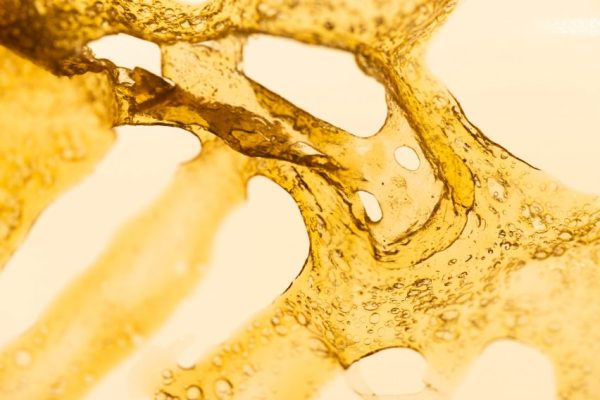
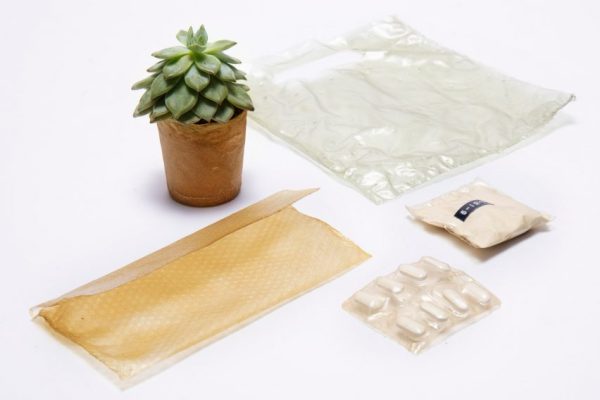
Conclusion:
Shellworks has paved the way for a more sustainable future by transforming discarded lobster shells into recyclable bioplastic products. Through their innovative manufacturing methods and tailored applications, they have unlocked the potential of chitosan bioplastic as a viable alternative to conventional plastics. With Shellworks’ groundbreaking approach, we move closer to achieving a circular economy and reducing our reliance on single-use plastics.
Contact Vinbags today if you’re searching for the packaging that suit the most with your products!
